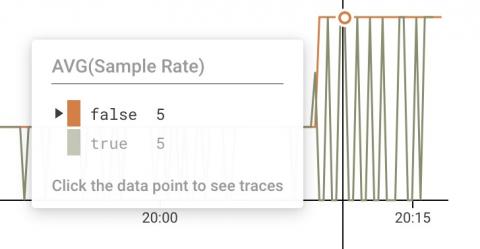Event Latency: What It Is and Why You Should Care
Recently, we added a new derived column function to Honeycomb, INGEST_TIMESTAMP(), which can help customers debug event latency and/or inaccurate timestamps. A meaningful minority of the events sent to Honeycomb are already old when they arrive, and a very special few claim to have been sent from the future. Has this happened to you? Let’s do an experiment.











